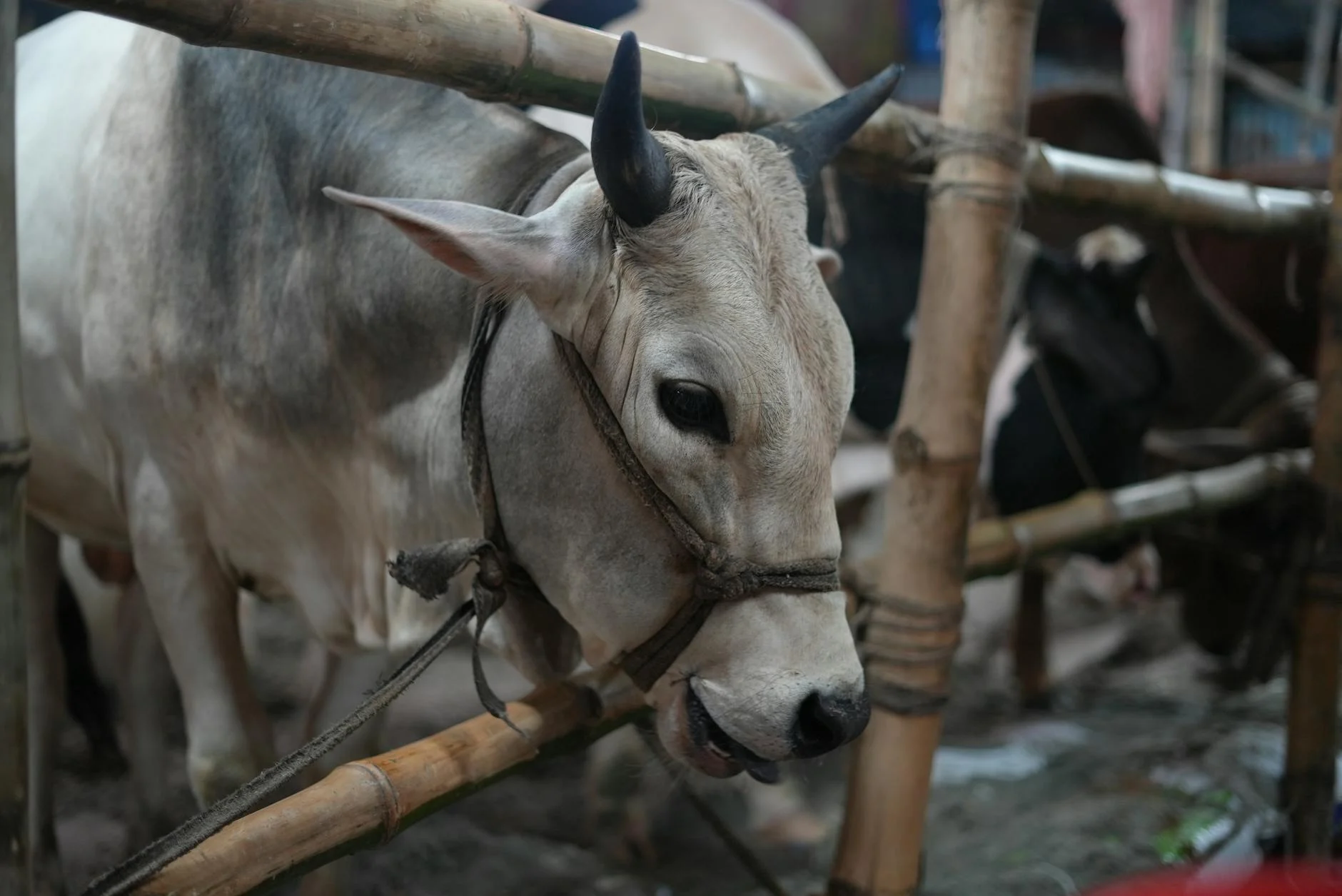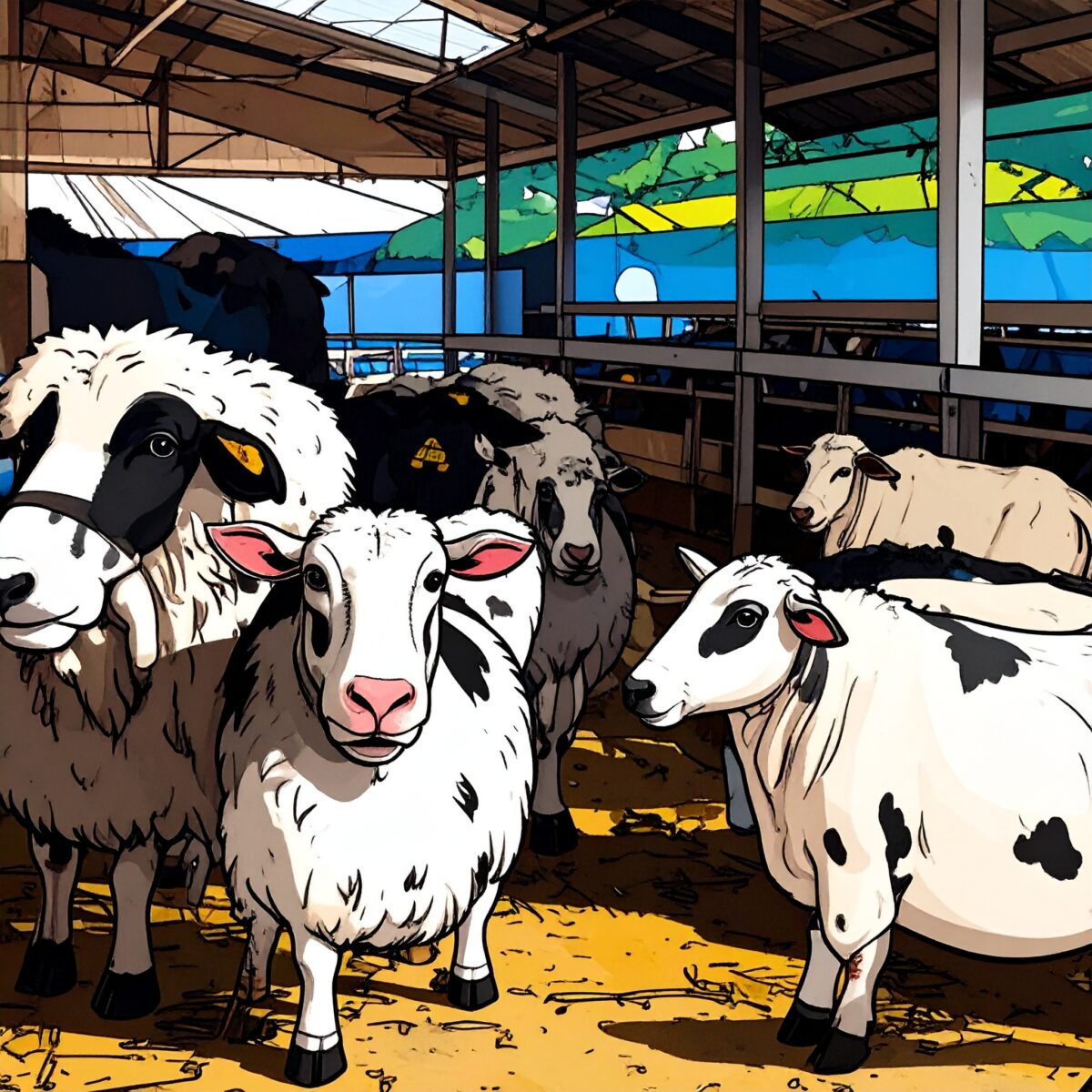In the heart of Hyōgo Prefecture lies the Tajima Livestock Market—a quiet mountain venue that stands as the birthplace of Tajima cattle, the lineage from which the celebrated Kobe Beef trace their origins. Once a month, the market hosts a Wagyu auction that draws stakeholders from all over Japan. Each calf is meticulously evaluated, reflecting not flair but the very beginning of the Kobe beef journey. Within this understated setting, the essence of Wagyu branding—pedigree, connoisseurship, price formation, and agricultural tradition—is quietly yet profoundly cultivated.
This auction transcends mere livestock trading. Each calf presented is a purebred Tajima, born and raised within the prefecture. At roughly 8–10 months old, they are offered with detailed disclosures: pedigree, sex, physique, age, and vaccination history, all carefully displayed. Buyers then assess potential meat quality and breeding value, setting their bids accordingly.
Central to this evaluation is pedigree—especially that of the sire. In the current market, calves sired by sought-after bulls command a premium, often fetching prices tens of thousands of yen higher than their peers. This premium reflects a lineage with proven track records—either high-performing carcass grades or successful progeny—embodying a legacy of excellence.
The auction begins early in the morning, each lot displayed on an electronic board with its number and current bid. Buyers respond discreetly yet decisively using buttons at their designated seats. The bidding unfolds rapidly—each calf is sold within mere seconds. In this charged quiet, participants make sharp judgments. As figures flash in sync with the auctioneer’s cadence, the scene, though set in a livestock market, takes on the intensity of a high-stakes financial exchange.
A diverse mix of buyers gathers: from large-scale fatteners and local ranchers to industry representatives traveling from afar. Their objectives vary—some target well-built calves ready for immediate finishing, others seek prime bloodlines for future sires. Breeders often attend to witness their own cattle achieving high bids—a poignant moment affirming years of dedication and hard work.
Yet, a lofty bid does not guarantee long-term success. Each animal’s future hinges on its subsequent care—feeding regimens, stress management, health monitoring—all of which shape its final quality. The auction price, therefore, represents expectation; the true test lies in the years of fattening that follow.
More than a trading platform, this market serves a critical institutional role. Through rigorous pedigree verification and transparent disclosures, it upholds quality standards and safeguards the reputation of Wagyu brands. It is this foundation—this ecosystem of expertise and accountability—that sustains the prestige of iconic names like Kobe Beef.
Outside the auction hall, local cattle farmers bid farewell to the calves they’ve nurtured. Some whisper parting words to animals they’ve cared for over months, while others react emotionally to the bidding results. Behind the numbers—bloodline, grading—is the profound labor and emotional investment of tending living beings. All of this culminates in this monthly ritual.
This serene yet intense auction is the quiet counterpart to glamorous steak plates. It represents a living tradition—ensuring that the Wagyu culture thrives into the future. The journey of a calf sold here, which becomes a prized Kobe Beef on a dining table years later, begins in this very corner of Tajima.




